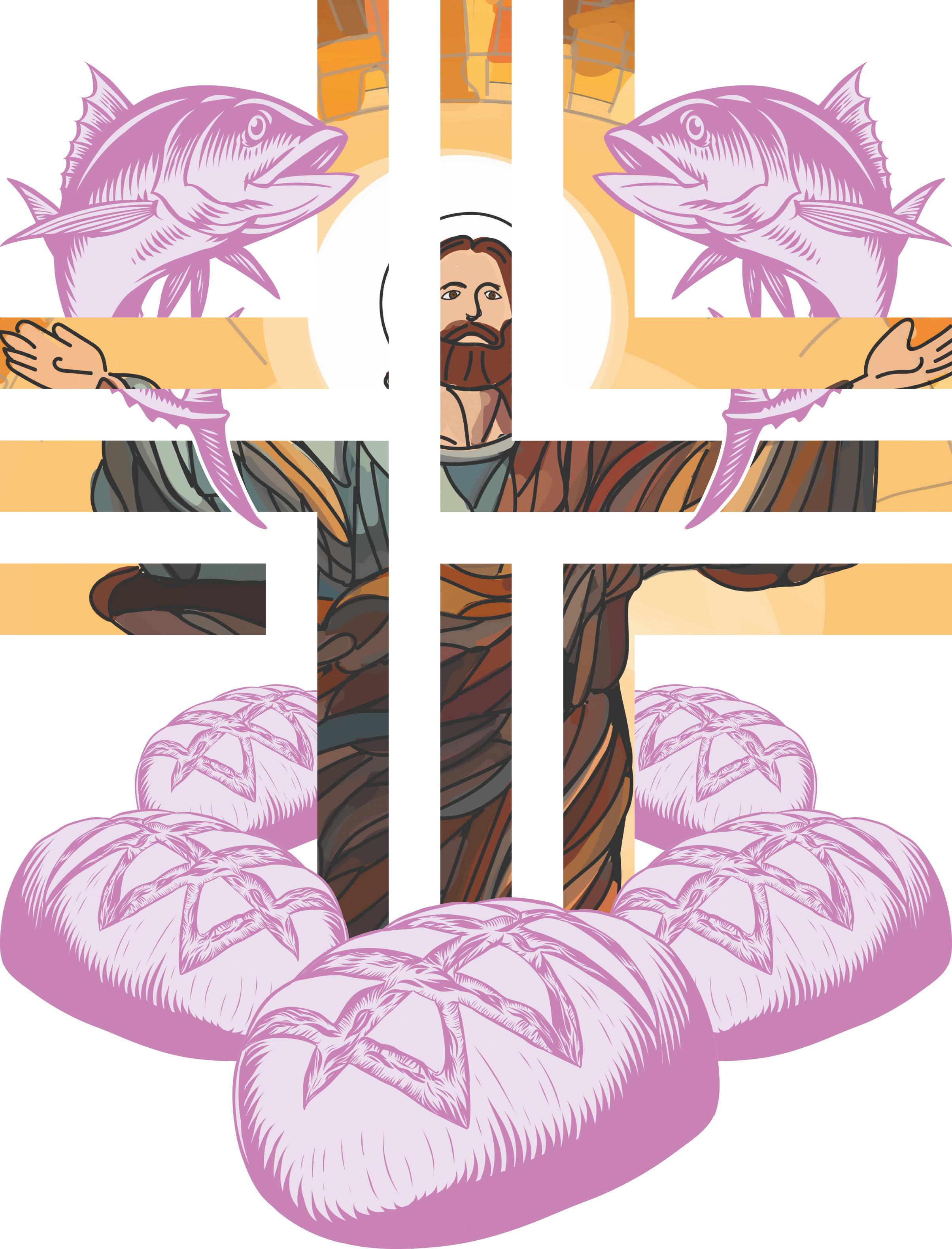
5 minute read
Love in Action
When our kids were younger, Ian and I would pray with them every night. One of the lines I regularly prayed was that they would be kind and generous.
Kindness is a word that has been used a lot over the last few years, becoming a catchcry of former Prime Minister Jacinda Ardern throughout the Covid-19 pandemic. Quotes like ‘in a world where you can be anything, be kind’ appear on social media regularly. But what does it mean to be kind? Or to put it another way, what does it mean to be compassionate?
A quick Google search tells me that the word compassion appears in the Bible about 145 times. Some verses teach us that God is full of compassion and mercy. Others tell us that on many occasions Jesus was ‘moved with compassion’. And in Colossians 3, followers of Jesus are urged to be compassionate.
Compassionate is one of our territorial values. We help define this by the tagline: ‘We live out love in action’. For followers of Jesus, we are called to go deeper than just being kind and generous and speaking of love. We need to live out love and compassion actively.
John 13:34–35 reminds us that people will know that we are disciples of Christ if we love one another. In Scripture we see that Jesus didn’t just love those who were like him, he showed love to tax collectors, prostitutes, diseased people, poor people, women, outcasts and children. In many of the accounts of Jesus’ encounters with these people, the words ‘moved with compassion’ are used.
For Jesus, being moved with compassion always resulted in action. He did not simply share words of love; he showed love in action. He fed people, healed people, forgave people and included outcasts. His compassion, his love in action, was not a fluffy, Hallmark card-type of love. Jesus called people out, he challenged people to be different, he addressed both their spiritual and physical needs. We see this in his encounter in Luke 5:17–26 with a paralysed man who was brought to him for healing. Jesus said, ‘Your sins are forgiven’, dealing first with the spiritual; followed by ‘get up, take your mat and go home’, addressing the physical.
So when you think of being Compassionate —living out love in action—what does this mean for you? What does it mean for me?
I would encourage you to read through what people around the territory have considered important about living with the compassion of Jesus that go with our values and then take time to consider how you might choose to act differently this month in light of living with compassion.
Lt-Colonel Liz GainsfordTerritorial Secretary for Spiritual Life Development
Matthew 14:13–14
When Jesus heard what had happened, he withdrew by boat privately to a solitary place. Hearing of this, the crowds followed him on foot from the towns. When Jesus landed and saw a large crowd, he had compassion on them and healed their sick (NIV).
Nā, i te rongonga o Īhu, ka haere atu ia i reira rā te kaipuke ki te koraha, ki te wāhi motu kē. Ā, nō ka rongo te mano, ka aru i a ia rā uta i roto i ngā pā. Ā, ka puta atu a Īhu, ka kite i te huihuinga nui, ka aroha ia ki a rātou, ā, whakaorangia ana e ia ō rātou tūroro (PT)
O koya oqo kau sa vosa kina vei ira e na vosa vakatautauvata: ni ra sa raica ka sega ni kunea; a ra sa rogoca ka sega ni rogoca, ka lecava tu. Ia sa vakayacori kina vei ira na parofisai i Aisea, ka vaka, Dou na daurogoca tikoga, ka lecava tu; Ia dou na dauraica tikoga, ka sega ni kunea (FOV)
Jab Yeeshu i khabar sunis to bauṭ pe chaṛh ke ek akele jagha chala gais. Jab sab log i sunin to aapan aapan ṭaaun se paidar chal ke uske pichchhe hoy leen. Jab Yeeshu bauṭ se utra, to u ek baṛa bheeṛ dekhis, aur ulog pe taras khaais, aur sab ke bimaari ṭheek kar dees (FRHNT)
Pea ‘i he fanongo ki ai ‘a Sisu na‘a ne ‘alu mei ai ‘i ha vaka ki ha potu lala, ke fakaekinautolu: ka ka fanongo pe ki ai ‘e he ngāhi kakai, ‘o nau hala ‘uta pe mo tuliimui ki ai mei he ngāhi kolo. Pea ‘i he‘ene hifo ki ‘uta, na‘a ne ‘ilo ai ha fu‘u kakai lahi; pea na‘e langa hono fatu ‘i he ‘ofa kiate kinautolu, pea ne fakamo‘ui ‘enau kau mahaki (TWB).
Ua faafofoga i ai Iesu, ona maliu ese ai lea o ia i lea mea i le vaa i le mea tuufua ua na o ia. Ua faalogo ai le motu o tagata, ona latou mulimuli atu ai lea ia te ia, ua ui a uta mai aai. Ua maliu atu Iesu, ua na silafia le motu o tagata e toatele, ona mutimuti vale ai lea o lona alofa ia te i latou, ua faamalolo foi e ia o latou ma‘i (SOV)










